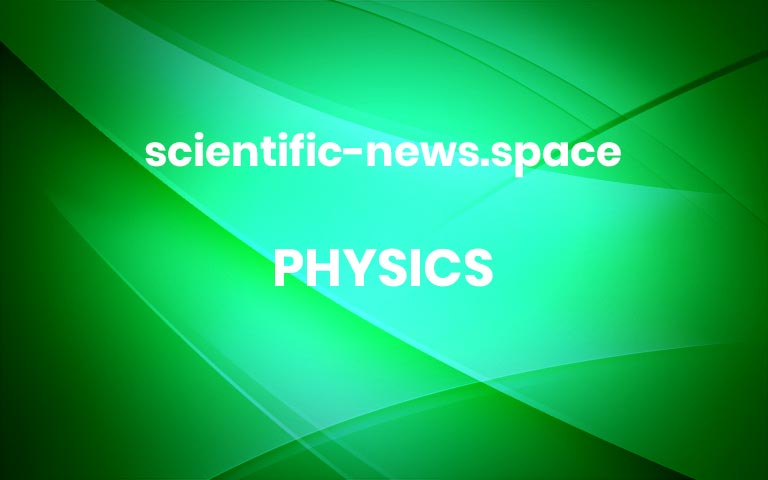AI spots deadly heart risk most doctors can’t see
A new AI model is much better than doctors at identifying patients likely to experience cardiac arrest.
The linchpin is the system’s ability to analyze long-underused heart imaging, alongside a full spectrum of medical records, to reveal previously hidden information about a patient’s heart health.
The federally-funded work, led by Johns Hopkins University researchers, could save many lives and also spare many people unnecessary medical interventions, including the implantation of unneeded defibrillators.
“Currently we have patients dying in the prime of their life because they aren’t protected and others who are putting up with defibrillators for the rest of their lives with no benefit,” said senior author Natalia Trayanova, a researcher focused on using artificial intelligence in cardiology. “We have the ability to predict with very high accuracy whether a patient is at very high risk for sudden cardiac death or not.”
The findings are published today in Nature Cardiovascular Research.
Hypertrophic cardiomyopathy is one of the most common inherited heart diseases, affecting one in every 200 to 500 individuals worldwide, and is a leading cause of sudden cardiac death in young people and athletes.
Many patients with hypertrophic cardiomyopathy will live normal lives, but a percentage are at significant increased risk for sudden cardiac death. It’s been nearly impossible for doctors to determine who those patients are.
Current clinical guidelines used by doctors across the United States and Europe to identify the patients most at risk for fatal heart attacks have about a 50% chance of identifying the right patients, “not much better than throwing dice,” Trayanova says.
The team’s model significantly outperformed clinical guidelines across all demographics.
Multimodal AI for ventricular Arrhythmia Risk Stratification (MAARS), predicts individual patients’ risk for sudden cardiac death by analyzing a variety of medical data and records, and, for the first time, exploring all the information contained in the contrast-enhanced MRI images of the patient’s heart.
People with hypertrophic cardiomyopathy develop fibrosis, or scarring, across their heart and it’s the scarring that elevates their risk of sudden cardiac death. While doctors haven’t been able to make sense of the raw MRI images, the AI model zeroed right in on the critical scarring patterns.
“People have not used deep learning on those images,” Trayanova said. “We are able to extract this hidden information in the images that is not usually accounted for.”
The team tested the model against real patients treated with the traditional clinical guidelines at Johns Hopkins Hospital and Sanger Heart & Vascular Institute in North Carolina.
Compared to the clinical guidelines that were accurate about half the time, the AI model was 89% accurate across all patients and, critically, 93% accurate for people 40 to 60 years old, the population among hypertrophic cardiomyopathy patients most at-risk for sudden cardiac death.
The AI model also can describe why patients are high risk so that doctors can tailor a medical plan to fit their specific needs.
“Our study demonstrates that the AI model significantly enhances our ability to predict those at highest risk compared to our current algorithms and thus has the power to transform clinical care,” says co-author Jonathan Crispin, a Johns Hopkins cardiologist.
In 2022, Trayanova’s team created a different multi-modal AI model that offered personalized survival assessment for patients with infarcts, predicting if and when someone would die of cardiac arrest.
The team plans to further test the new model on more patients and expand the new algorithm to use with other types of heart diseases, including cardiac sarcoidosis and arrhythmogenic right ventricular cardiomyopathy.
Authors include Changxin Lai, Minglang Yin, Eugene G. Kholmovski, Dan M. Popescu, Edem Binka, Stefan L. Zimmerman, Allison G. Hays, all of Johns Hopkins; Dai-Yin Luand M. Roselle Abrahamof the Hypertrophic Cardiomyopathy Center of Excellence at University of California San Francisco; and Erica Schererand Dermot M. Phelanof Atrium Health. More




